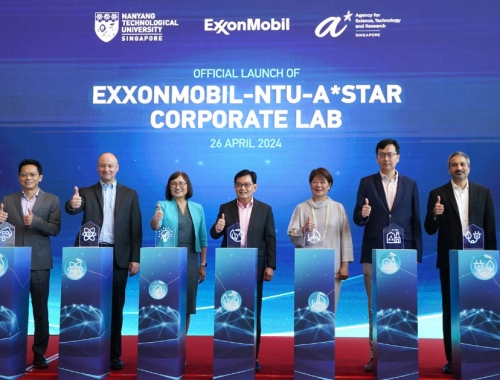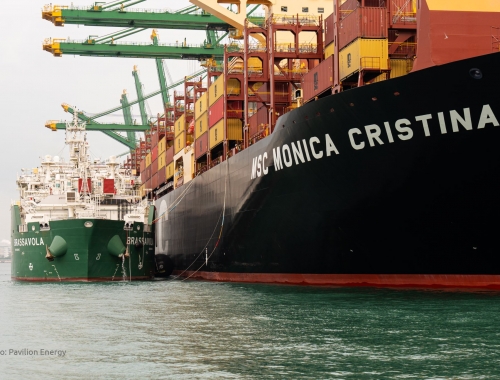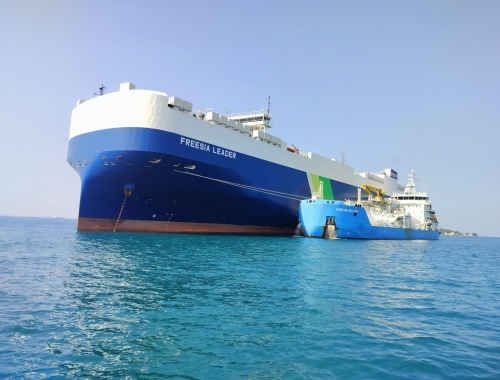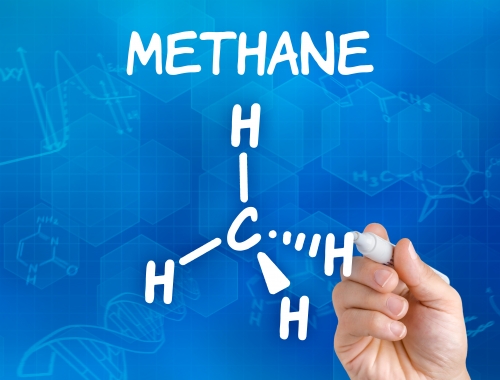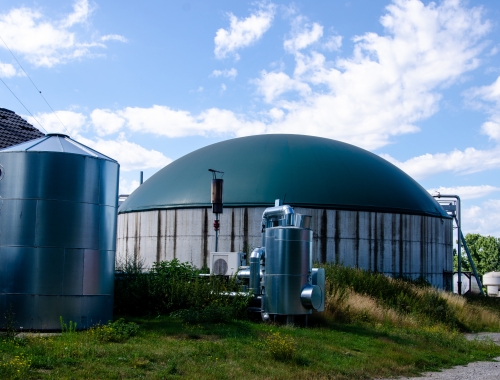GDSC partners to conduct bio-LNG bunkering pilots
SUMMARY
Established by the Maritime and Port Authority of Singapore and Port of Rotterdam Authority, the Singapore-Rotterdam GDSC aims to expedite efforts toward maritime decarbonisation and digitalisation.
By Shardul SharmaThe Maritime and Port Authority of Singapore (MPA) announced on April 15 that partners in the Singapore-Rotterdam Green & Digital Shipping Corridor (GDSC) are set to conduct bio-LNG bunkering pilots over the span of 2024 and 2025.
According to MPA, these pilots will operate on the mass balancing chain of custody principle, involving the physical blending of certified bio-methane with non-certified conventional LNG across shared transport, storage, and distribution infrastructure like pipelines.
Established in August 2022 by the Maritime and Port Authority of Singapore (MPA) and Port of Rotterdam Authority (PoR), the Singapore-Rotterdam GDSC aims to expedite efforts toward maritime decarbonisation and digitalisation. Singapore and Rotterdam rank among the largest bunkering ports globally.
To date, the GDSC initiative has united 26 global value-chain partners spanning shipping lines, fuel suppliers, port authorities and operators, industry coalitions, banks, leading institutes of higher learning, and knowledge partners.
Additionally, the ammonia working group, jointly led by MPA, the Nanyang Technological University Maritime Energy and Sustainable Development Centre of Excellence, and A*STAR’s C4MD, will develop a framework to assess the lifecycle greenhouse gas (GHG) intensity of green ammonia for bunkering.
A decision-making tool for value-chain partners to optimize their green ammonia supply chain network will also be formulated. This study, slated for completion by 2025, will bolster ongoing efforts by the International Maritime Organization (IMO) to develop the Life Cycle GHG Assessment (LCA) framework and guidelines for alternative marine fuels, MPA said.

